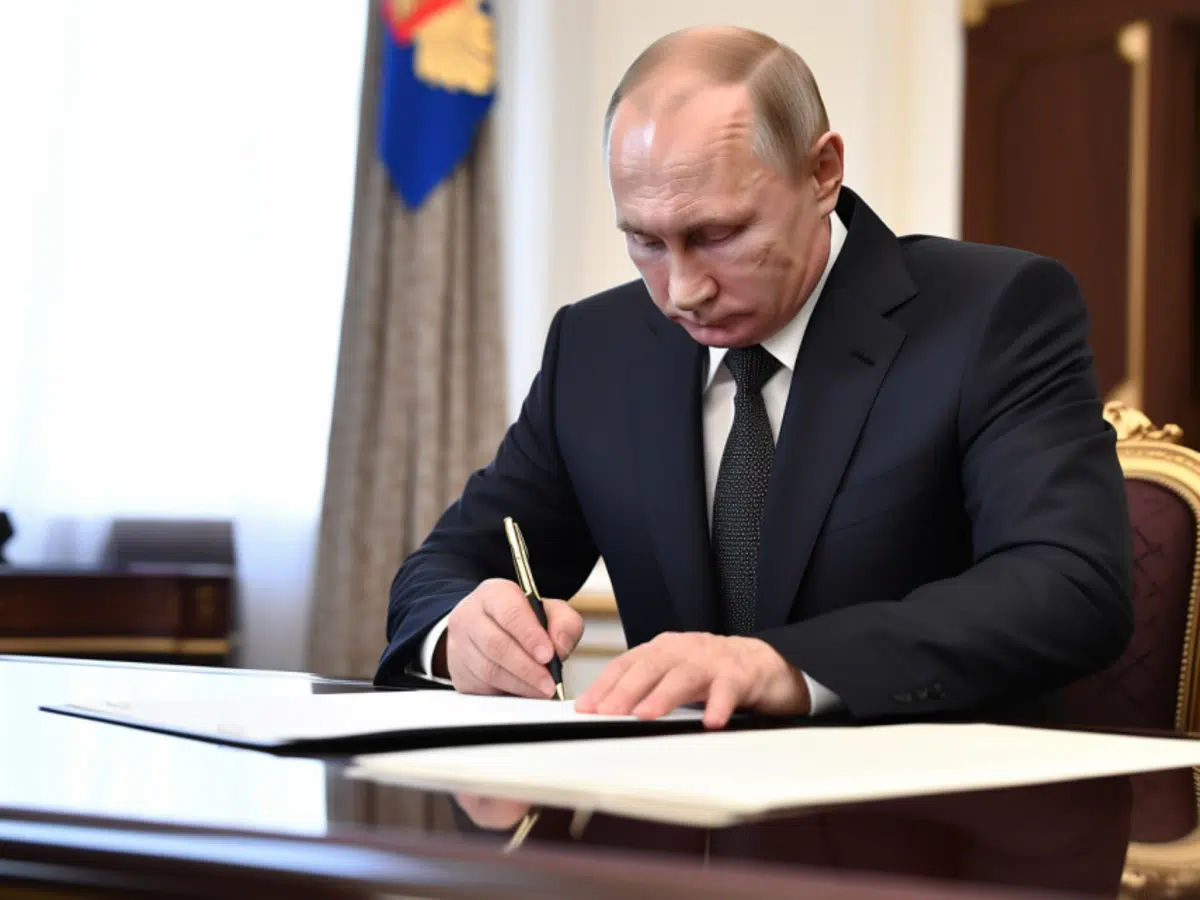Russia: CBDC bill signed into law by President Putin

- Both houses of the Russian parliament passed the Russian CBDC bill over the last two weeks.
- The central bank could begin testing the CBDC, beginning 1 August.
On 24 July, Russian president Vladimir Putin signed the digital ruble bill into law. The step authorizes the country’s central bank, the Bank of Russia, to issue its own central bank digital currency (CBDC).
Both houses of Russia’s parliament passed the bill over the last two weeks. The third and final hearing of the bill took place on 11 July. It has been awaiting President Putin’s approval since then.
Within Putin’s authorization, the central bank can begin testing the CBDC, beginning 1 August.
Notably, the bill defines users legally; it also details how banks will function and operate under the new financial framework.
Russia’s central bank has been working on its CBDC project since 2020. The regulator said it began the project pilot with a number of Russian banks in February 2022.
Soon after, the country launched a war against Ukraine that still continues today.
Russians will be able to make payments and transfers from their digital wallets available over the platform of the central bank or one of its partner banks. According to the central bank, CBDCs can only be used for payments or transfers, not loans or deposits.
Will Russians take to CBDC?
However, Russian officials do not expect widespread usage of the CBDC for a few years.
Olga Skorobogatova, the First Deputy Chairman of the Bank of Russia, told Forbes earlier this month that most Russians will not be able to receive access to online wallets until at least 2025.
Russia’s central bank governor, Elvira Naibullina, has assured Russians they would not be forced to adopt the digital ruble but hoped that more people would consider doing so.
There are news reports about Russia facing severe inflation due to Western financial sanctions against the country. Western countries imposed these sanctions in response to Russia’s war against Ukraine.






